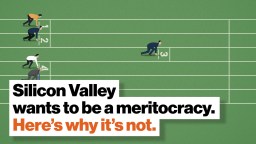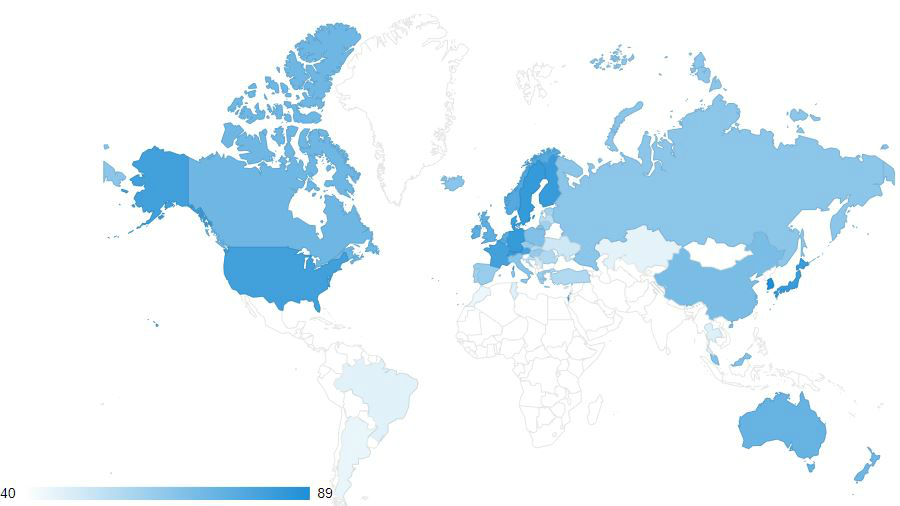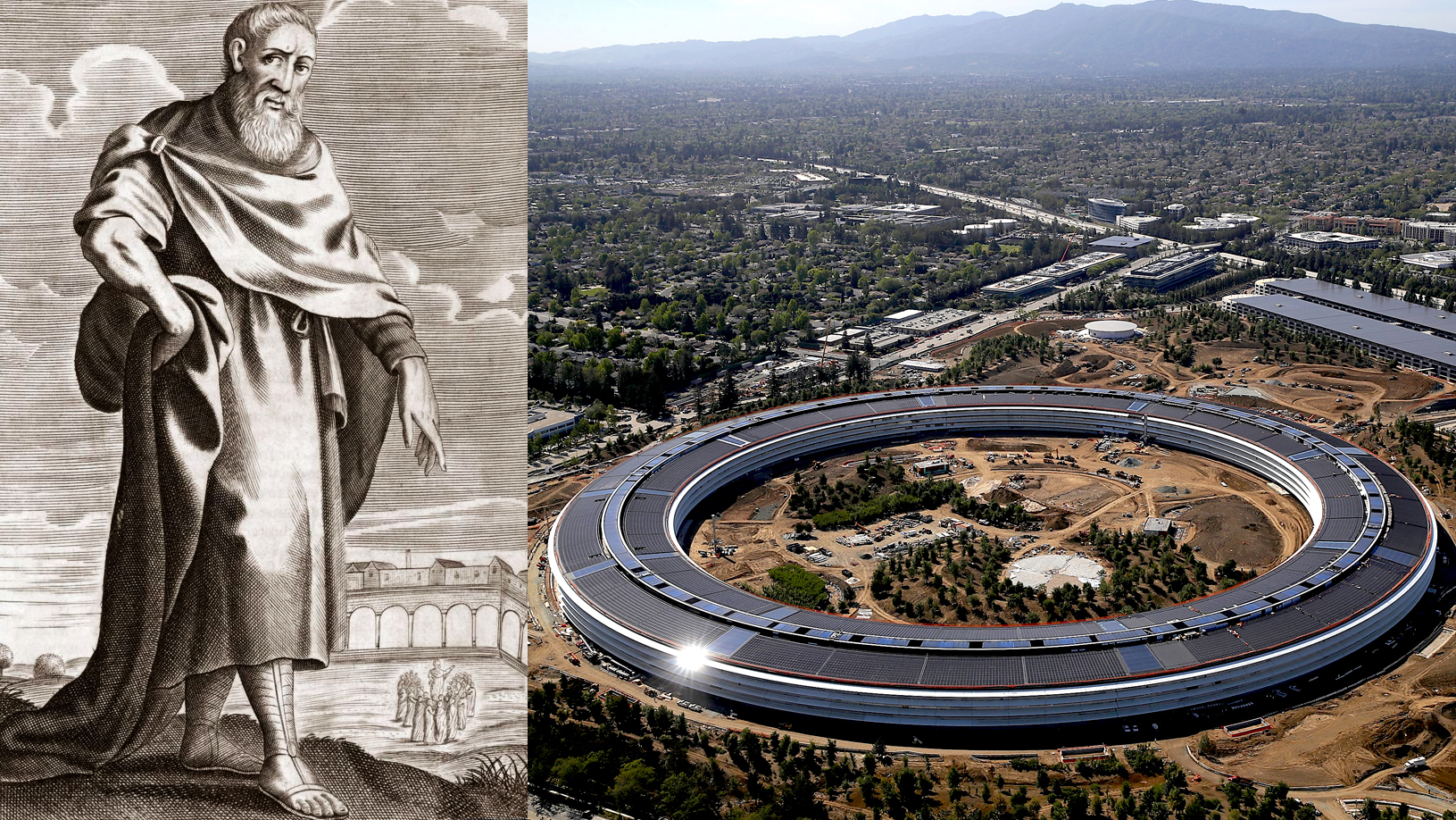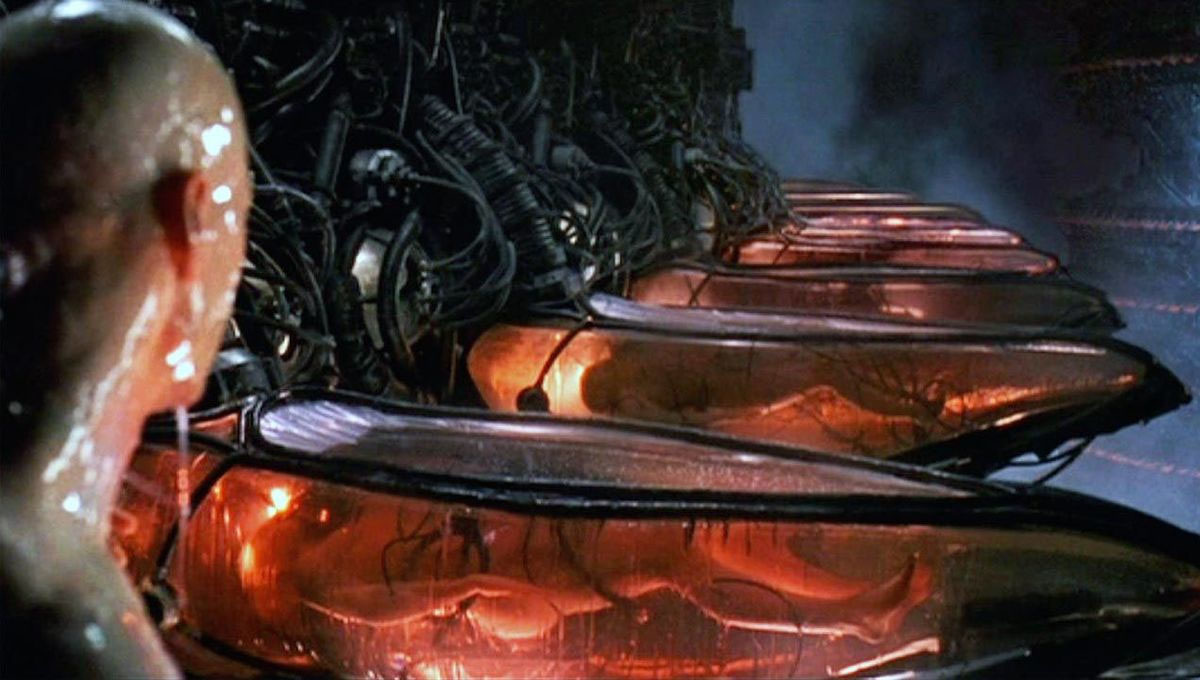silicon valley
So much of the world you know was made possible by Intel founder Robert Noyce, co-inventor of the integrated circuit.
▸
with
If you’re a great engineer, you can get ahead in Silicon Valley — to a certain extent.
▸
8 min
—
with
How did psychedelics and computers converge?
It’s the first time the U.S. has fallen off the top 10 list since Bloomberg began its index.
Should there be a ceiling to the ambitions of Silicon Valley? It seems like a decisive “no,” according to the people who want to build new societies online, atop the ocean, and on Mars.
Who will live on the this brand-new floating nation in the South Pacific—and how?
▸
7 min
—
with
Studying philosophy has had a major impact on the power players of Silicon Valley.
For our future’s sake, let’s demand government funding for ‘little science’, says Hertz fellow Avideh Zakhor.
▸
3 min
—
with
In a world afraid of embarrassment, asking dumb questions is a super power, says Tim Ferriss. It takes a secure intellect to risk looking silly, but the rewards are there for the taking.
▸
4 min
—
with
Silicon Valley’s entrepreneurial trends go through births and deaths, revolutionizing business attitudes before turning stale. Tim Ferris explains two trends: one near its death, the other very much alive and kicking.
▸
7 min
—
with
An ancient philosophy is becoming popular again thanks to author Ryan Holiday.
Two billionaires are apparently funding research into how we can escape the simulation they believe we’re trapped in.











